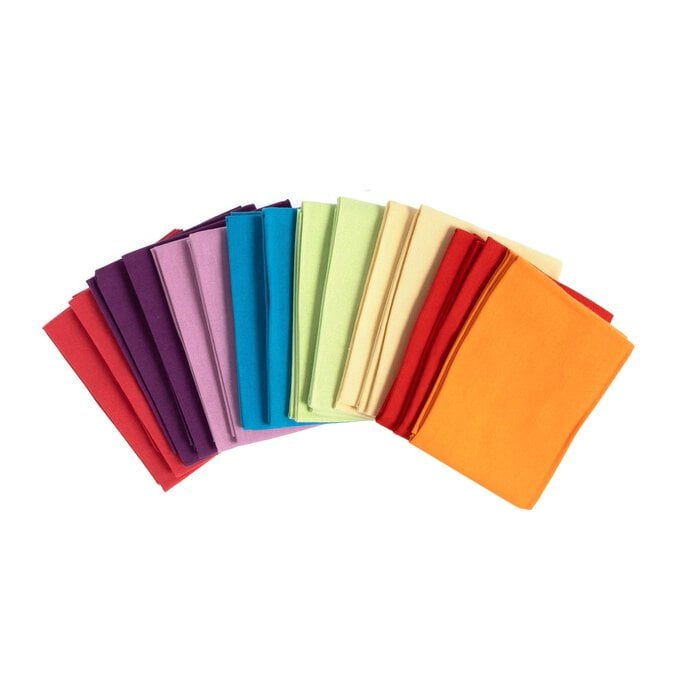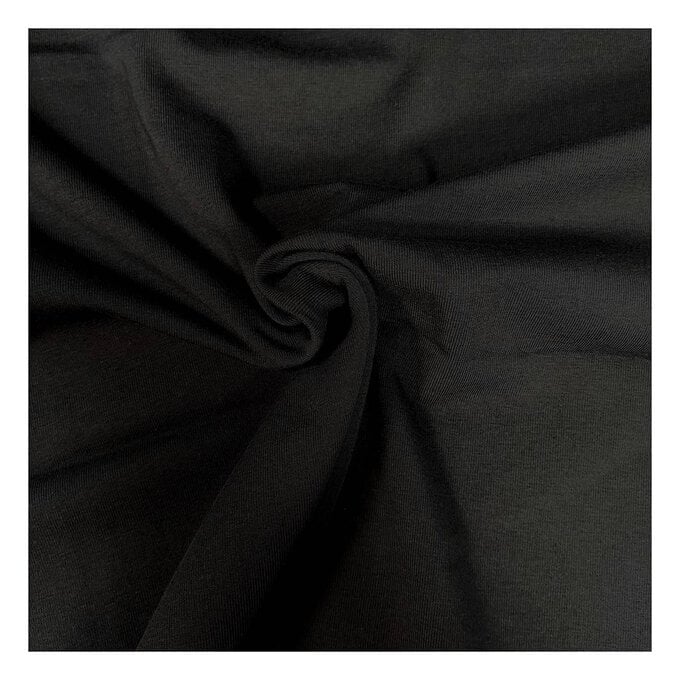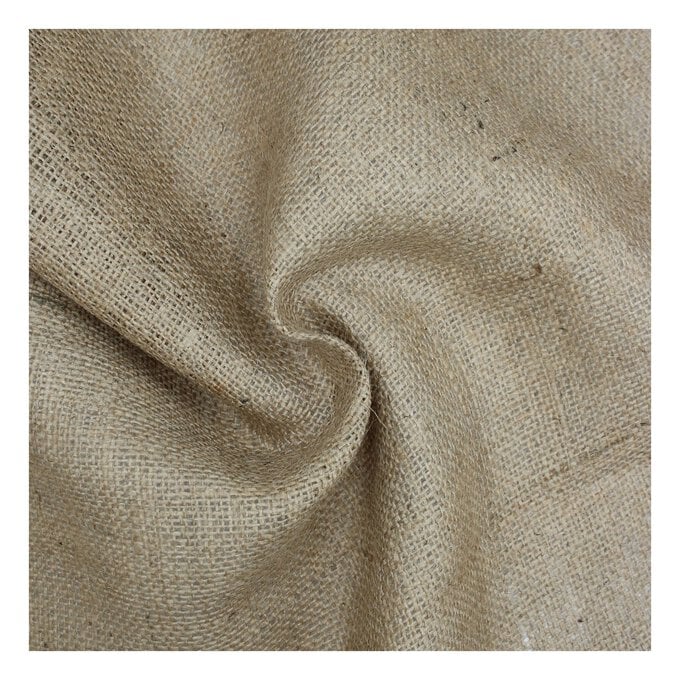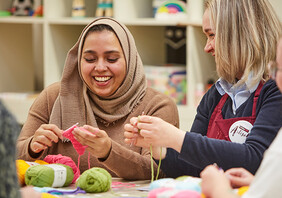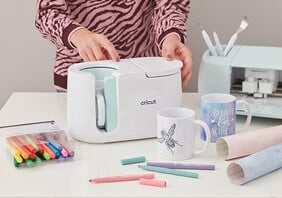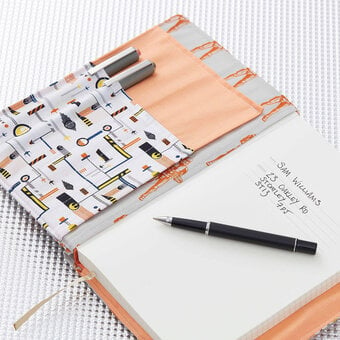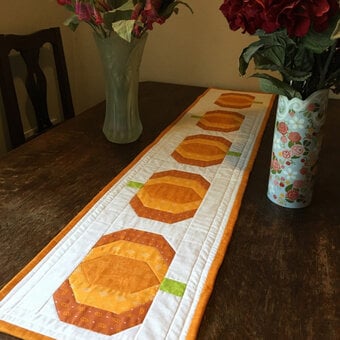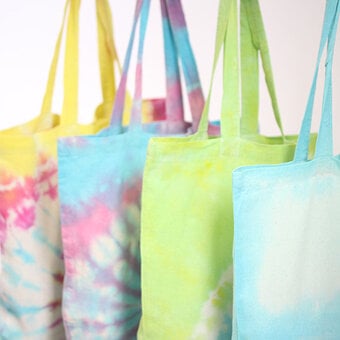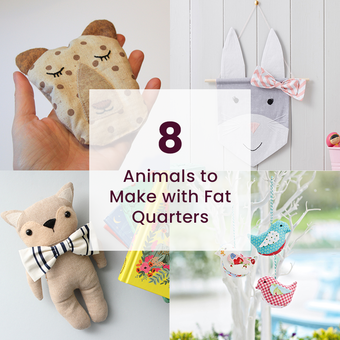The Ultimate Guide to Fabrics: Choosing the Perfect Material for Every Project
When it comes to sewing or crafting, fabric choice is everything. The right fabric can elevate your project from something functional to something truly special.
Whether you’re making a structured jacket, a flowing dress, or a set of cosy cushions, the fabric you choose will dictate not only the look but also the feel and performance of the finished piece.
Let’s unravel the world of fabrics and find out what makes each one unique.
You will need
Subtotal
Is $ 38.00
Out of stock
Subtotal
Is $ 12.00
Subtotal
Is $ 13.00
Subtotal
Is $ 13.00
The Ultimate Guide to Fabrics: Choosing the Perfect Material for Every Project
Cotton
Cotton is a natural fibre known for its softness, breathability, and versatility. It is widely used in everyday items such as t-shirts, jeans, and underwear. Cotton is also easy to maintain, making it a popular choice for casual and workwear.
Polyester
Polyester is a synthetic fabric celebrated for its durability, wrinkle resistance, and moisture-wicking properties. Often blended with other materials, it is a common choice for activewear and garments designed for long-lasting wear.
Wool
Wool, a natural fibre obtained from sheep, is renowned for its warmth and insulating properties. It is typically used in winter clothing such as jumpers, coats, and scarves.
Types of wool, such as Merino and Cashmere, offer different textures and levels of luxury.
Silk
Silk is a natural protein fibre associated with luxury and elegance. With its smooth, lustrous finish, it is ideal for high-end fashion, scarves, and lingerie. Lightweight yet strong, silk provides a unique drape and softness.
Linen
Linen, made from flax fibres, is highly valued for its lightweight, breathable nature. It is an excellent choice for summer clothing like shirts, dresses, and trousers, as it helps keep the wearer cool in warm climates.
Rayon
Rayon is a semi-synthetic fabric that replicates the look and feel of silk but is more affordable. It is often used in flowing dresses, blouses, and garments where a soft, luxurious texture is desired.
Spandex
Spandex, also known as elastane, is synonymous with stretch and flexibility. It is widely used in sportswear, swimwear, and form-fitting garments due to its ability to retain shape and enhance movement.
Fabric can be categorised by how it’s made, either woven or knitted:
Woven Fabrics: Made by interlacing threads in a criss-cross pattern, woven fabrics are stable and have little stretch (unless blended with elastic fibres). Common woven fabrics include cotton, linen, and wool.
Knitted Fabrics: Made by looping threads, knitted fabrics have natural stretch and flexibility. They’re perfect for garments that need to move with the body, like T-shirts, jumpers, and leggings
Fabric weight refers to how heavy or thick the material is, and it plays a key role in how a garment hangs or "drapes."
Lightweight Fabrics: Ideal for summer garments and delicate projects. Examples include chiffon, silk, and cotton lawn. They’re airy and often sheer.
Medium-Weight Fabrics: Versatile and easy to sew, medium-weight fabrics like cotton poplin, linen, and denim are suitable for shirts, dresses, and trousers.
Heavyweight Fabrics: These provide structure and warmth, making them perfect for coats, jackets, and upholstery. Wool, canvas, and heavy denim are good examples.
Drape refers to how a fabric flows. Fabrics with good drape, like silk or rayon, will cling and flow around the body, while stiffer fabrics, like canvas or tweed, hold their shape.
Chiffon: A lightweight, sheer fabric often used for evening wear and blouses. It’s delicate and requires careful handling.
Denim: A durable, twill-woven fabric, perfect for jeans, jackets, and bags. It comes in various weights and washes.
Twill: Known for its diagonal weave, twill fabrics like denim and gabardine are strong and durable. They’re often used for workwear and outerwear.
Velvet: A luxurious, plush fabric with a soft pile. Velvet is perfect for evening wear, upholstery, and cushions.
Jersey: A stretchy, knitted fabric, often made from cotton or a cotton blend. It’s perfect for T-shirts, dresses, and loungewear.
Canvas: A heavyweight, durable fabric often used for bags, upholstery, and outdoor gear. It’s sturdy and can withstand wear and tear.
Corduroy: A ridged fabric with a velvety texture, often used for trousers, skirts, and jackets. The width of the ridges, or "wales," varies from fine to chunky.
Fleece: A soft, warm fabric, often made from polyester. It’s perfect for jumpers, blankets, and outerwear.
Let's talk about fabrics that feel like a dream against your skin! The softest materials are typically natural fabrics that offer an incredibly smooth experience. Cashmere takes the crown—it's renowned for its unparalleled softness, coming from the undercoat of cashmere goats. Silk is another amazing option, prized for its sleek, cool texture that feels light and luxurious.
If you're looking for something a bit more sustainable, fabrics like bamboo viscose or modal are wonderfully soft to the touch. For cotton lovers, Pima or Egyptian cotton are your best bet, with their long-staple fibres creating an ultra-smooth and breathable finish that feels amazing.
Recycled fabrics are a game-changer in sustainable fashion. The process starts with collecting and sorting waste materials—think used clothing, fabric scraps, or even plastic bottles. For fabric recycling, the material goes through a fascinating transformation.
Mechanical recycling works wonders for fabrics like cotton, where materials are shredded into fibres and then spun into new yarns. Synthetic materials like polyester undergo chemical recycling, breaking down into monomers to create high-quality new fibres. Those plastic bottles you recycle? They can be processed into fine threads and woven into textiles.
The coolest part? Advanced techniques ensure these recycled fabrics maintain strength, durability, and softness. It's an incredible way to reduce waste while creating amazing textiles for fashion and industrial use.
Proper care is essential to keep your fabrics looking their best:
Pre-Washing: Always pre-wash your fabric before sewing to avoid shrinkage later. Check the care label for instructions.
Ironing: Different fabrics require different heat settings. Use a pressing cloth for delicate materials to avoid scorching.
Storing Fabric: Store fabric in a cool, dry place, away from direct sunlight. Folding or rolling it helps prevent creases.
Choosing the right fabric depends on what you’re making:
Garments: For clothing, consider both the drape and breathability of the fabric. Lightweight cottons and linens are great for summer, while wools and fleeces work well for winter.
Home Décor: For cushions, curtains, and upholstery, opt for heavier fabrics like canvas, velvet, or jacquard for durability. Crafting and
Accessories: Quilters often prefer cotton due to its stability and ease of cutting. For bags, sturdy materials like denim or canvas are ideal.
Fabric choice is about more than just aesthetics—it’s about finding the right balance of function, comfort, and style. Whether you’re drawn to the crisp structure of cotton, the fluid elegance of silk, or the cosy warmth of wool, the perfect fabric can bring your project to life.
Don’t be afraid to experiment and trust your instincts. After all, sewing is as much about creativity as it is about craftsmanship. Happy sewing!
